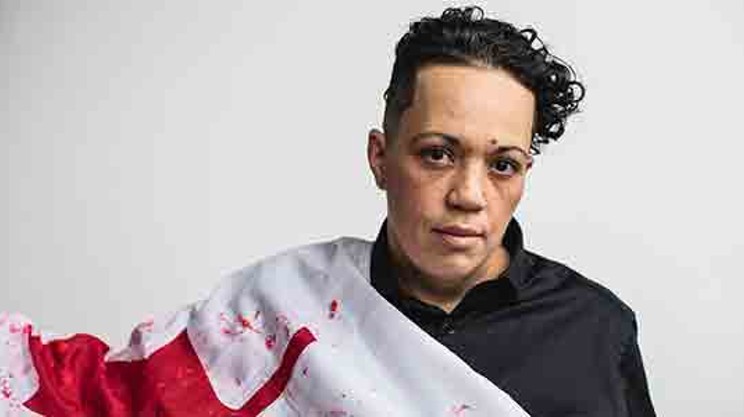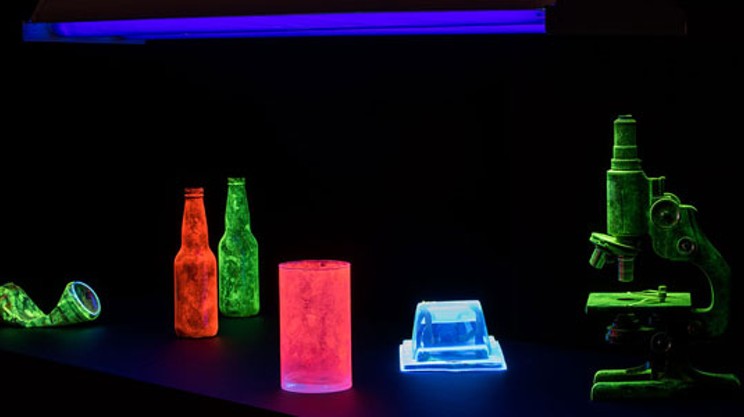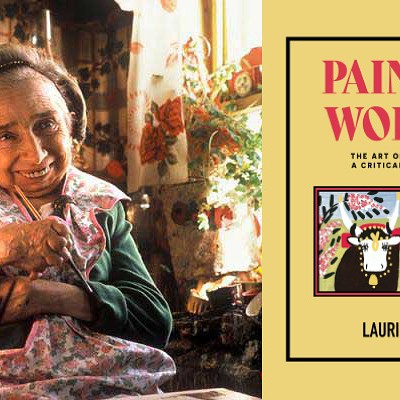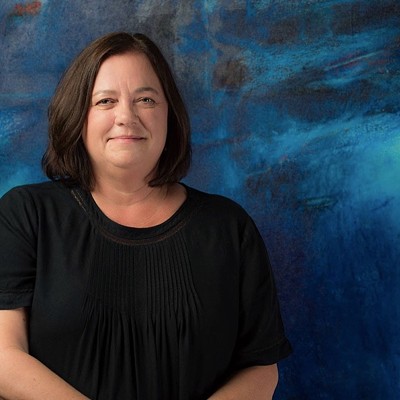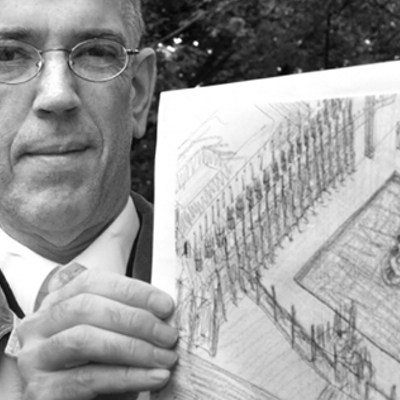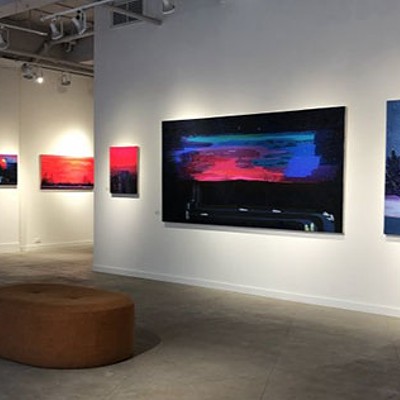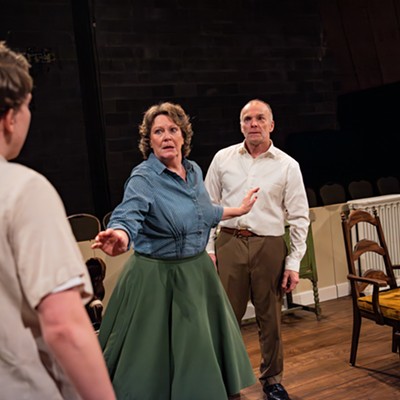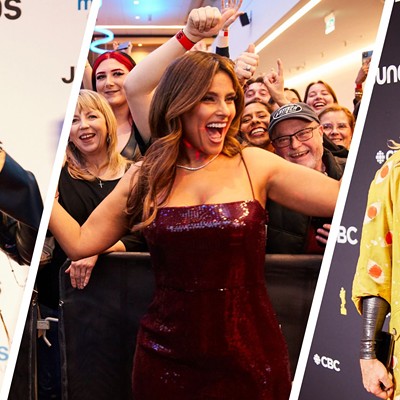When I was asked to write my opinion and review the state of the arts community in Halifax, I immediately recoiled like a turtle into its hard protective shell. My first instinct was to decline and questioned what I possibly could say that wouldn't shake the fragility of Halifax's art scene—infiltrated for years with landscapes, light houses, Rothko-inspired paintings on wood veneers and most recently, hipster pop art. How can I, an artist who has lived in Halifax for only three years, make such a bold statement about the very livelihood that I am trying to survive in?
This could possibly be the end of my career in Halifax or with any luck, it could be the beginning of change in the conversations we have in the arts community. I remain hopeful.
Flooding the crafters markets, holiday pop-ups, festival stages and north end boutiques, Halifax supports very specific art. Art that supports the narratives of Celtic plaids, embroidery and kitschy screenprints. Bagpipes and fiddle musicals, kitchen parties, hip-hop performances with a sprinkle or two of black dancers and still to date, no annual Indigenous visual art or performance event in Halifax. Shamefully, the only Indigenous art that can be found is at the Black Market from South American artists, at the back of the rarely accessed wing of the Art Gallery of Nova Scotia or in estate sales in Halifax's south end.
Where can you find art curated regularly by Indigenous and black curators in Halifax? Where can the thousands of cruise ship visitors buying tartan scarves and sea glass mobiles find art and craft made by BIPOC (Black, Indigenous, people of colour) Haligonians that's not imported or appropriated?
How can we really call ourselves a diverse city that supports artistic development and celebrates all Nova Scotians when our galleries have no full-time black or Indigenous staff?
How can we expect BIPOC youth, busting at the seams with creativity, to think they can make it in this quaint arts scene if they don't see themselves represented in galleries, on boards or working for arts organizations?
It's common for people to ask the one Indigenous or black person they know to sit on boards and be the token voice, or the checkmark in that box they need for that extra $10,000 in funding—sad but true. If you have only one BIPOC person on your board, that's tokenism. Half your board, gallery or organization staffed with BIPOC would be fair, don't you think? And if you had more than half BIPOC on your board, in your gallery and in your organizations, Halifax would experience art in the most profound ways this city has ever experienced.
In 2017, I remain hopeful that the BIPOC "special art exhibits" don't just run during Black or Indigenous Heritage Month. Rest assured, with next year's Canada 150 celebrations and propaganda, Halifax will be on its diversity game full-throttle. But what can we do to support black and Indigenous artists beyond the celebration of the confederation that ironically was built on the violently taken lives of black and Indigenous people?
I remain hopeful that art galleries, boards of directors for art organizations and government art/tourism/culture grants offices will begin to invest in Indigenous mentors, curators and directors who prioritize capacity building in communities with experience working on and off reserve in Nova Scotia. Surely we can find Indigenous people to teach Indigenous art in our institutions by now, right?
Lastly, I'm hopeful that in my lifetime I will see a gallery or artist-run centre supporting the development and curation of Indigenous and black artists in Nova Scotia. I hope to see regular BIPOC curated exhibits in Halifax dedicated to the voices of black and Indigenous youth and emerging artists. What would it take to turn Halifax's abandoned buildings into incubators of Indigenous and black art? I dream of gallery walls filled with BIPOC art made right here in Nova Scotia that my kids can visit on their school trips, and see themselves reflected in the skin colours of the portraits, photographs and sculptures. I remain hopeful.
Raven Davis is an Indigenous, mixed race, 2-Spirit multidisciplinary artist and activist from the Anishinawbek (Ojibway) Nation living in Halifax. Davis' work includes painting, performance, traditional song/dance, design, poetry and short film. They cleverly blend narratives of colonization, race and gender justice, 2-Spirit identity and the Anishinaabemowin language and culture into traditional and contemporary art forms. Raven's next body of work, The De-Celebration of Canada 150, will be exhibited at the Khyber Arts Centre in 2017.


